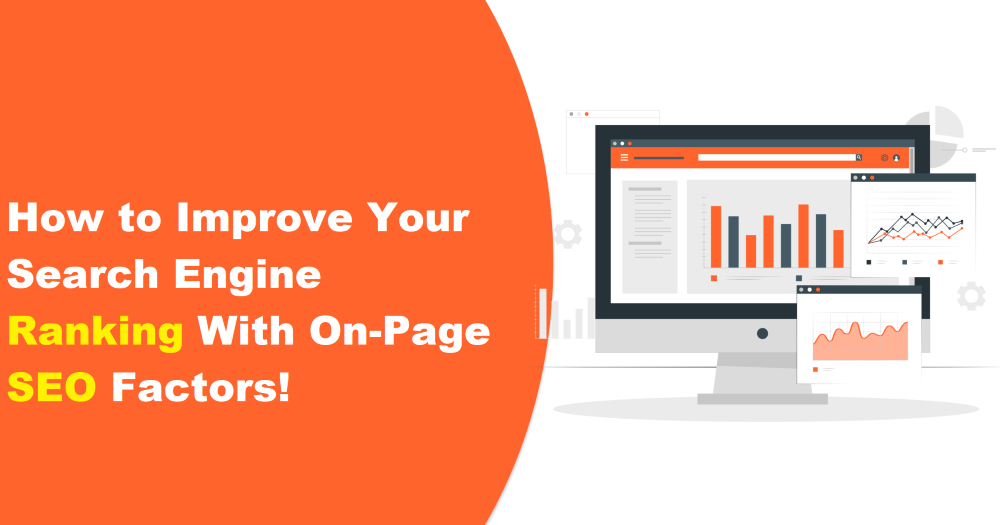How to Improve Your Search Engine Rankings with On-Page SEO Factors

On-page SEO is the practice of optimizing individual web pages in order to improve their search engine rankings and drive organic traffic to a website. This involves optimizing various elements on a web page, such as the content, title tags, meta descriptions, headings, images, and internal links. By focusing on on-page SEO, website owners can ensure that their website is easily discoverable by search engines and provides a positive user experience for their visitors. In this article, we will explore the key components of on-page SEO and provide tips for optimizing your website’s pages for search engines.
We have added the detail On-Page Factors for your website…
Quality Content:
The content on your website should be high-quality, informative, and engaging. It should also satisfy the user intent. This means that it should answer the user’s query and provide value. The content should be original and not copied from other websites.
Keywords Optimization:
Identifying and incorporating relevant keywords into your content, URLs, title tags, meta descriptions, and headings can improve your website’s visibility in search results. However, it’s important to use keywords naturally and not stuff them into your content. This could result in a penalty from search engines.
Title Tags and Meta Descriptions:
Writing compelling and informative title tags and meta descriptions that accurately describe the content of the page can improve click-through rates and search engine rankings. The title tag and meta description should include relevant keywords and be unique for each page.
URL Structure:
Creating descriptive and readable URLs that include relevant keywords and accurately describe the content of the page can help search engines understand the page’s content and improve user experience. URLs should be short, simple, and easy to remember.
Headings and Subheadings:
Using clear and descriptive headings and subheadings can help break up the content and improve the readability of the page for users and search engines. Headings should be used in a hierarchical structure (H1, H2, H3, etc.) and include relevant keywords.
Image Optimization:
Optimizing images for size, alt tags, and filenames can improve page load speed and help search engines understand the visual content of the page. Images should also be relevant to the content and have descriptive alt tags.
Internal Linking:
Creating a well-structured internal linking strategy that connects related pages on your website can improve user experience and help search engines understand the hierarchy of the content on your site. Internal links should be relevant and natural.
In conclusion, on-page SEO factors are crucial to improving your website’s search engine rankings. By prioritizing user experience, quality content, and keyword optimization, you can drive organic traffic to your website and increase your online visibility. Remember to focus on creating a website that provides value to your audience and follows best SEO practices.
